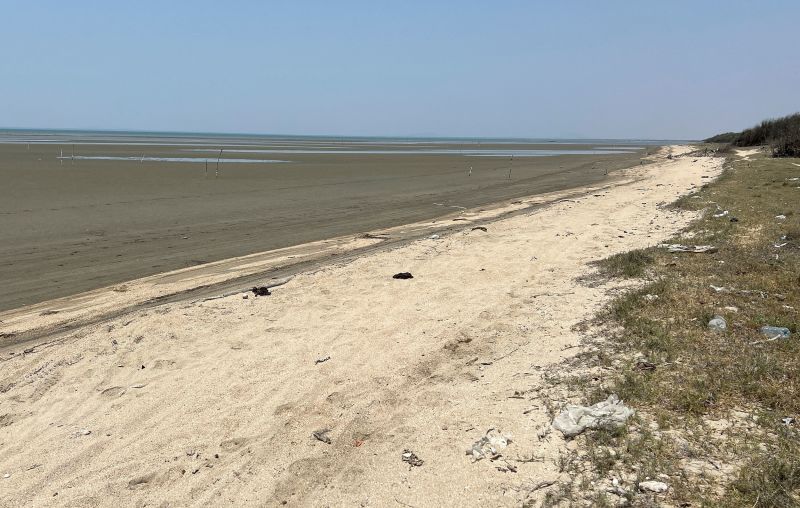As daylight dappled the shoreline, the crumpled hull of a boat served as a stark reminder of a tragedy that had taken place just a few hours earlier. On that fateful day, the peaceful serenity of the Mexican beach bore witness to a heartbreaking incident that cost eight Chinese migrants their lives.
The victims, part of a group of 15, found their hopes for a new life dashed when their vessel met with a catastrophic end off the coast of Mexico. Their journey, fueled by dreams of a brighter future and economic stability, ended abruptly as the boat they were aboard capsized in the rough sea.
According to the local authorities, the migrants had embarked on the perilous journey, believing they would encounter nothing more than the regular hardships associated with such a venture – heat, hunger, and the inherent risk of sea travel. Tragically, they had underestimated the capricious nature of the sea. Their boat was reportedly swamped by massive waves and overturned, throwing its occupants into the merciless grasp of the churning waters.
In a rapid response involving several local and national agencies, Mexican Navy personnel raced against time to rescue the victims. Despite the Navy’s valiant efforts, the death toll eventually rose to eight. The surviving seven migrants were rushed to nearby hospitals where they received medical treatment.
Immigration officials in Mexico stated that the boat’s occupants were all believed to be Chinese nationals, potentially in the country illegally. Documents found among the wreckage indicated they were part of a larger group that had entered Mexico via its southern border.
Though it is devastating to accept, this incident serves as a heartbreaking example of the lengths some people are forced to go to seek better living conditions and opportunities. Regrettably, the pursuit of these dreams too often costs them their lives.
This tragedy has drudged up conversations regarding the worsening crisis of illegal immigration, raising questions about how best to manage these desperate circumstances. It acknowledges the flaws within the domestic conditions of the migrants’ home countries that push them towards perilous journeys to achieve economic stability.
The devastating incident also lays bare the reality of the dangerous routes taken by those who engage in irregular migration. It warns of the life-threatening consequences that may befall those who dare tread this path enveloped in desperation and dreams.
Reports of tragic incidents such as this one indeed paint a grim picture of the ongoing immigration challenges. It urges global leaders to address the core aspects that result in such tragedies, effectively adopting a comprehensive, human rights-based approach.
In the wake of this heart-wrenching disaster, thoughts and prayers flood in from around the world for the deceased, their grieving families and the lucky survivors. Wider, still, is the hope for humanity to address the root causes that force people into such desperate situations. Such as one can only hope that such calamities would serve as wake-up calls for governments worldwide to engage in proactive measures, to ensure that no tragedy of this magnitude ever happens again. With that consideration, every barrier broken, every policy shifted towards a safer and better future holds the promise of a world where no one will need to risk life in search of a livable one.




